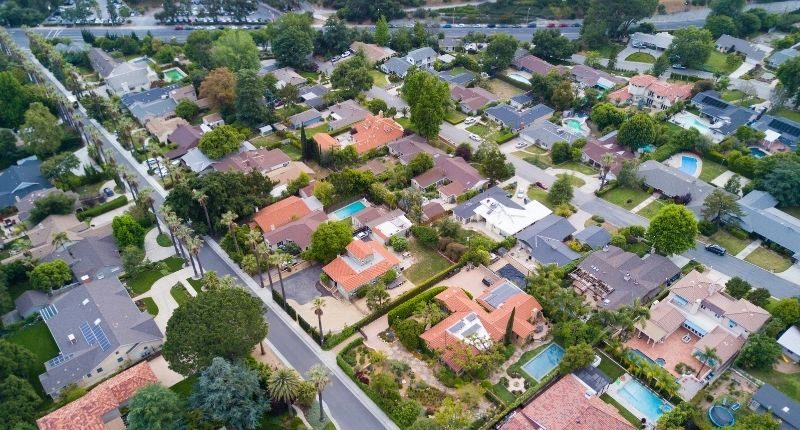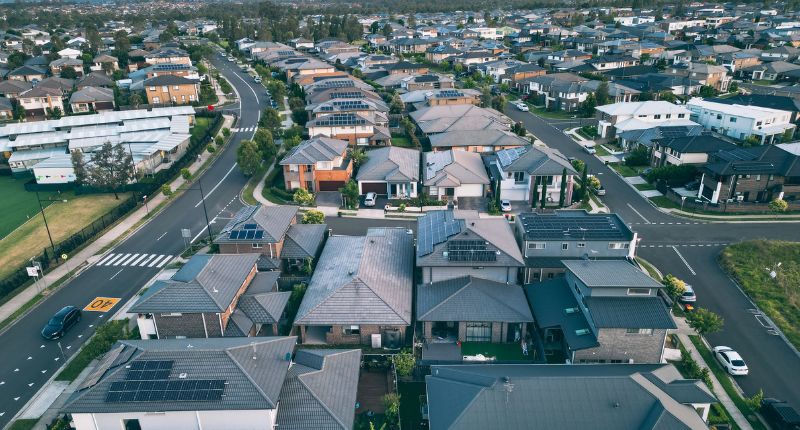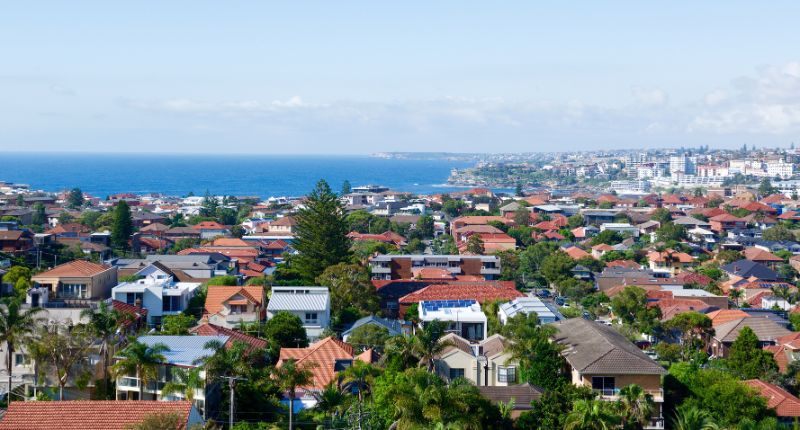- The expiry of fixed rate terms could impact the housing market in 2023
- Low unemployment may reduce the number of defaults
- First home buyers may be lured back into the market given the rental crisis
Here at The Property Tribune, we have written about and analysed many property experts’ predictions for the new year.
Now CoreLogic has provided its housing market outlook for 2023, which it says will be largely shaped by monetary policy and the housing lending environment.
The Best of the Best report noted that there is an expectation of a peak in inflation and interest rate years, which could represent a bottoming out in price falls.
Mortgage cliff
However, the report noted a mortgage cliff could be ahead with the expiry of fixed rate terms, and the surpassing of serviceability assessment buffers. This would pose a significant test to mortgage serviceability.
“Aside from monetary policy, migration and rental trends could also see a lift in investor and first home buyer activity as housing values find a floor,” said Eliza Owen, CoreLogic’s head of research
Further rate rises and price falls in 2023
In the final paragraph of last week’s monetary policy statement from the RBA, Dr Lowe said that he “expected” further cash rate rises to occur into the new year. Of course, given Dr Lowe also said rates wouldn’t rise until 2024, anything is possible.
Additionally, the statement excluded other recent references to a potential pause in rate hikes.
The Commonwealth Bank (CBA) has upwardly revised its terminal cash rate forecast from 3.1% to 3.35%, following the decision last week. The median of terminal rate forecasts now sits at 3.735.
These developments suggest further rate rises at the beginning of 2023 – although the RBA does not meet in January – which will likely result in downward pressure on property prices.
Will there be a slowdown in the pace of decline?
The CoreLogic report noted that one of the distinctive features of capital growth in 2022 was a slowdown in the pace of decline towards the end of the year.
“After recording a steep monthly decline of -1.6% in August, the rate of monthly decreases in national home values eased, with values falling by just -1.0% in November,” the report noted.
Although declines have been slowing, it is still early days, and the outlook for the Australian housing market still has some downside risk.
“For example, further increases in interest rates or an unwinding in the labour market outlook could see this trend re-accelerate. Recent movements in CoreLogic’s daily home value index show a slight increase in the monthly rate of decline across Sydney and Melbourne,” said Dr Owen.
The report shows that the weekly averaged weighted clearance rate ahs also shifted slightly lower over the past few weeks, averaging 58% in the four weeks to December 4th.
Rolling 28 day change in daily home value index, major
capitals

As mentioned before, the end of fixed rate terms in 2023 is a downside risk for the market.
When average fixed-interest rates reported by the RBA bottomed out at 1.95% in May 2021, the portion of fixed-interest mortgages grew from 15% in the six months pre-Covid times to more than 40% during April and November 2021.
Loan analysis by the RBA found that 66% of fixed-term housing lending terms are expected to expire by the end of next year.
“A non-inconsequential number of homeowners could see a high ‘sticker shock’ as they move from fixed rates in the low two or sub-two per cent range, to a variable rate environment where average lending rates are between five and six per cent,” explained Dr Owen.
“If this leads to more motivated selling, additional supply could place further downward pressure on prices.”

Additionally increases to the cash rate will soon set the serviceability buffers implemented by APRA. This will mean borrowers may be entering an untested environment regarding their loan serviceability. This is a situation made harder due to high non-discretionary inflation.
Not all bad news
However, there are strengths that underpin ongoing serviceability. Australia’s unemployment rate is spectacularly low; nationally, it is at 3.4%. To put this into perspective, most economists agree 5% is the natural rate of unemployment.
Even if the unemployment rate rises next year, the RA, treasury and private sector expect the unemployment to peak in the mid 4’s in 2024 – well below the 10-year average of 5.5%.
“With unemployment expected to remain low through the remainder of the current tightening cycle, this should a keep a lid on the rate of mortgage arrears,” said Dr Owen.
Will investors return?
While 2022 saw signs of diminishing investor interest in the Australian property market, this may return in 2023.
ABS finance data showed that lending for the purchase of investment property fell by around a fifth (-20.2%) between April and October, a much steeper decline than in owner-occupier lending over the same period.
“The impacts of this lower investor participation can be seen throughout the current rental market, with rental appreciation hitting record highs and vacancy rates hitting record lows. With rents rising at a time when property prices are falling, gross rental yields recorded a remarkable recovery over the year,” said the report.
Gross rent yields rose by 50 basis points from 3.21% in February to 3.71% in November. This presents investors with an opportunity, given investors may benefit from both high rental income and capital gains.
Will first home buyers return?
The report suggests that first home buyer decision may be triggered by ongoing pressure in the rental market.
“According to the Westpac-Melbourne Institute consumer sentiment report, the ‘time to buy a dwelling’ component of the index rose by 2.4% over the month. While still early days, this could indicate that the initial fear of buying in a downturn is starting to stabilise, with some buyers hoping to take advantage of their position at the negotiating table,” the report said.
In conclusion, Dr Owen said that there will be a mix of headwinds and tailwinds for housing market performance. With moist experts agreeing that the bulk of the rate tightening cycle has occurred already, it is likely housing values will find a floor in the new year.
“However, the extent of the floor in prices could be further weighed down by mortgage serviceability risks,” said Dr Owen.
“Strong rental markets and improving affordability from the point of falling prices may see a recovery in buyer activity in the second half of 2023, when the cash rate cycle stabilizes.”








